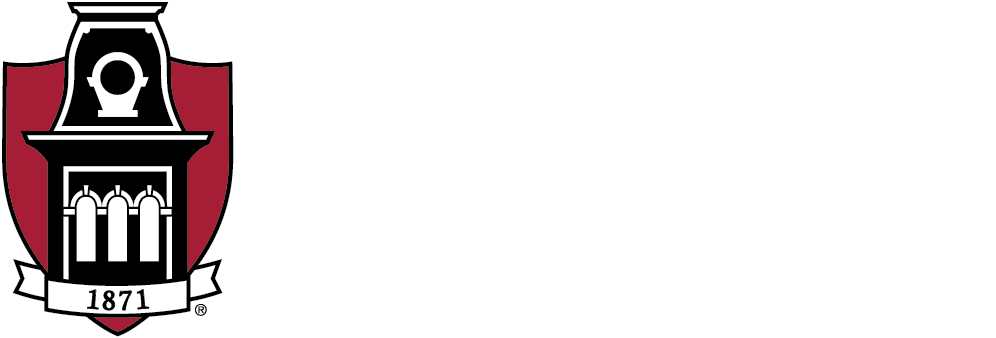 Tidbits of information gathered during the past month while watching the Hogs maintain their Top 25 rankings…
Tidbits of information gathered during the past month while watching the Hogs maintain their Top 25 rankings…
During college, one of my favorite classes was an English course that focused on the derivation of words. How ironic that in the future, my profession would be one that faced the misuse of words on almost a daily basis.
The word “alumni” seems to give people fits. Last week, I heard someone refer to many graduates as “alumnis.” Scrambling through my file of interesting emails that often end up in the junk mail file, I recovered one whose subject discussed the origin of “alumni.”
Dr. Antonio Pace, the author of an article for the AO Foundation (medically guided non-profit devoted to educating surgeons), indicated that alumni is obviously Latin derived from the verb alere, which means “to bring up or to nourish.” Dr. Pace states that in Latin literature, the term alumnus is used frequently…to indicate “he who is nourished by a person who is not a natural parent.” The word often referred to abandoned children, who would be sheltered and raised by foster parents. The term was extended to include intellectual nourishment. Therefore, alumni became the students who are intellectually nourished at school, outside the family sphere. Today that nourishment can be both intellectual or in personal development. It is easy to see how the term alma mater, which means nourishing mother, came to be used to identify a school or college.
So, in practical everyday conversations, a male graduate is an alumnus; a female, an alumna; many male graduates, alumni; many female graduates, alumnae (pronounced alum-nee); and many graduates of both sexes, alumni – never “alumnis.” An individual is not an alumni, but either an alumnus or alumna. Recently, dictionaries have included the truncated alum, but I still think that is a mineral.
Speaking of family and learning, my dad once told me to be careful when citing achievements because you will always leave someone out. He was right. Some of you told me that last month’s identification of top academic programs fell short. So, at the risk of leaving someone else out, here are some new achievements according to U.S. News and World Report:
- The School of Law was ranked among the top 50 public law schools (second consecutive year)
- The College of Education and Health Professions placed 141 among graduate schools, its highest rank ever. Its rehabilitation education and research program ranked 15th nationally.
- The College of Engineering’s undergraduate program ranked 61st among public doctoral –granting institutions; industrial engineering was ranked 25th.
- The Fulbright College’s physics department was ranked for the first time at 113.
- Design Intelligence magazine ranked the architecture program at the Fay Jones School of Architecture as 20th in its Survey of America’s Best Architecture and Design Schools also citing the school as one of five “hidden gems of architecture education.”
Two other items of interest:
- The Out of State College License Plate Program in Texas listed Arkansas and Alabama as holding the top spot of college plates released.
- Non-traditional students, defined as age 25 and older, numbered 2,269, more than 10 percent of student enrollment. Known to traditional students as the “curve busters” because of their focus on getting good grades and graduating, this group included two at age 80. Additionally, at the other end of the scale, the youngest was 14 years of age.
Congratulations to all and I apologize if I left anyone out!


Thanks. Arkansas is making great strides. When I was in high school, I winced every time a speaker at our high school banquet referred to the Aluminum Association. I am sorry the two years of Latin I received is no longer offered in most high schools. The classics department at the University could be strengthened.
Great article, Mike! It makes me proud to be an alumnus.